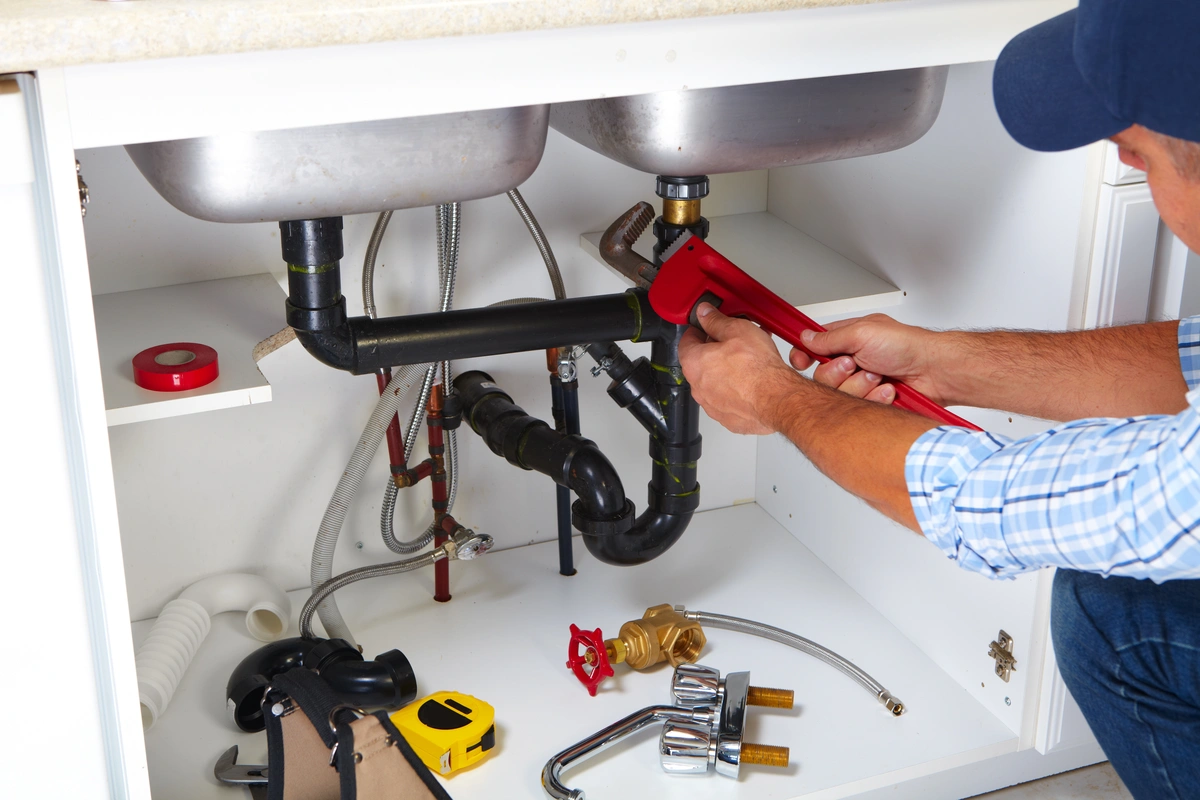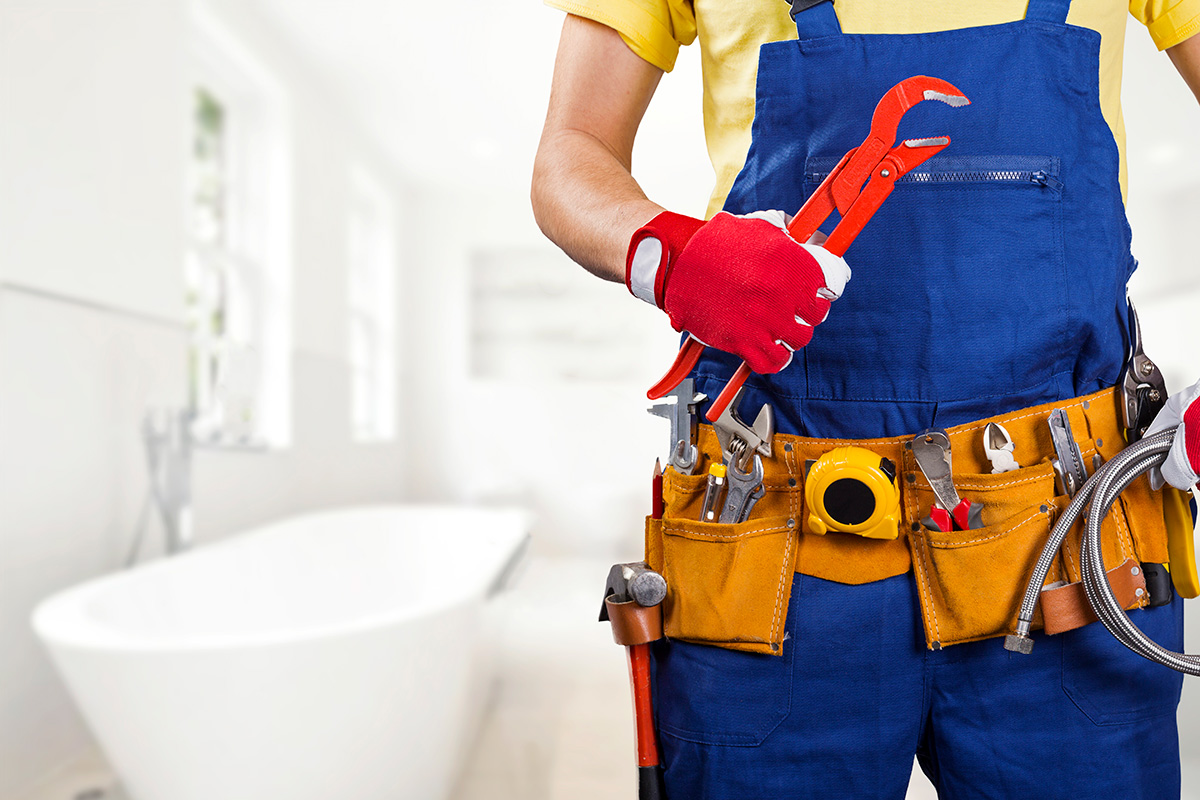Reputable Plumber Alabaster AL for All Your Emergency situation Requirements
Reputable Plumber Alabaster AL for All Your Emergency situation Requirements
Blog Article
A Step-by-Step Overview to Reliable Hot Water Heater Installment for Ideal Performance
Embarking on the job of mounting a water heater is an endeavor that requires precision and a methodical technique for accomplishing optimal performance. As you proceed, the details of connecting water supply lines and setting up trusted electrical or gas connections await, encouraging understandings into making sure performance and reliability.
Selecting the Right Water Heating System

Next, think about the dimension and ability of the hot water heater. It's important to examine your family's warm water demands, which can differ based upon the variety of occupants and their usage patterns. An unit that's as well little may cause inadequate warm water, while an extra-large design could cause unneeded power intake.
Performance rankings additionally play a crucial duty in option. Search for water heating systems with high Power Factor (EF) scores, showing exceptional performance and reduced energy use. Tankless versions, though typically much more expensive upfront, deal significant power cost savings in time due to their on-demand heating capacities.
Preparing the Installment Location
Prior to setting up a new hot water heater, thorough prep work of the setup area is essential. This makes certain a smooth installment procedure and aids stop future issues (Water Heater installation Alabaster AL). Begin by choosing a suitable area that adheres to local structure codes and security requirements. The area needs to be dry, well-ventilated, and accessible for maintenance. It's crucial to measure the space very carefully to suit the water heater's measurements, ensuring adequate clearance around the system for efficient procedure and servicing.
Next, eliminate any kind of particles, dirt, or obstructions from the site to produce a clean atmosphere. Examine the flooring for security, as the water heating system will certainly require a strong, degree surface area to run effectively. If required, set up a drip pan underneath the system to capture possible leakages or spills, preventing water damage to the surrounding area. In regions prone to seismic activity, consider installing seismic straps to secure the heater strongly in area.
In addition, make certain that all essential devices and products get on hand before commencing the installation. This consists of products such as wrenches, screwdrivers, a level, and any additional equipment required for mounting and securing the heater. A well-prepared installation location sets the foundation for an effective water heating unit setup, maximizing performance and safety.
Connecting Water Supply Lines
When attaching water system lines to your newly mounted water heating unit, it is important to guarantee that all links are safe and leak-free to maintain reliable operation and prevent water damages. Begin by identifying the cool and hot water lines. The chilly water inlet is typically noted with a blue label or a "C", while the warm water outlet is noted with a red label or an "H".
Use versatile water heating unit adapters to facilitate a simpler setup procedure. Prior to attaching the connectors, place a plumbing technician's tape around the threaded ends of the water their explanation heating system's inlet and electrical outlet pipelines.
As soon as links are in place, gradually activate the primary supply of water valve. Evaluate each connection for leakages by aesthetically feeling and inspecting for dampness. Tighten up links as essential, and guarantee the pressure safety valve is correctly mounted, protecting versus too much pressure accumulation.
Establishing Up Electric or Gas Connections
Correctly establishing up the electrical or gas links for your water heating unit is an important step to make certain effective and safe procedure. For electric water like it heating units, begin by confirming that the electrical circuit is suitable with the heater's voltage and amperage needs.
For gas water heaters, security is extremely important. Connect the gas line to the water heater utilizing an adaptable gas connector, ensuring it is appropriately threaded and secured with pipeline joint compound or Teflon tape appropriate for gas links.
As soon as links are made, inspect for any type of possible leakages. For gas lines, apply a soapy water service to the joints; bubbles suggest a leakage. For electric links, double-check that all electrical wiring is safe and effectively insulated, maintaining compliance with neighborhood electric codes.
Adjusting and evaluating for Effectiveness
With the electrical and gas links firmly in location, the next step is evaluating the functional effectiveness of your water heating unit. Begin by thoroughly turning on the water supply and guaranteeing there are no leaks at any of the shutoffs or joints.
Next, execute a comprehensive inspection to make certain the home heating elements or gas heaters are working correctly. For electrical heating units, utilize a multimeter to validate if the aspects are drawing the proper present. In gas versions, observe the burner fire; it must be steady and blue, suggesting reliable burning.
Adjust the setups as needed to remove ineffectiveness. Consider applying insulation steps, such as including a water heating unit covering, to even more improve efficiency by lessening heat loss. Furthermore, check the anode rod's problem, as a scrubby pole can decrease performance and lead to storage tank corrosion.
Final Thought
Efficient water heating unit installment is critical for ensuring optimal performance and energy savings. Securely connecting water supply lines and thoroughly setting up electrical or gas connections minimize look what i found potential issues.

Properly setting up the electrical or gas connections for your water heating system is an essential step to guarantee reliable and secure procedure. For electrical water heating systems, start by validating that the electric circuit is suitable with the heating system's voltage and amperage needs. Link the gas line to the water heater using a flexible gas adapter, guaranteeing it is properly threaded and secured with pipeline joint substance or Teflon tape appropriate for gas connections.
Report this page